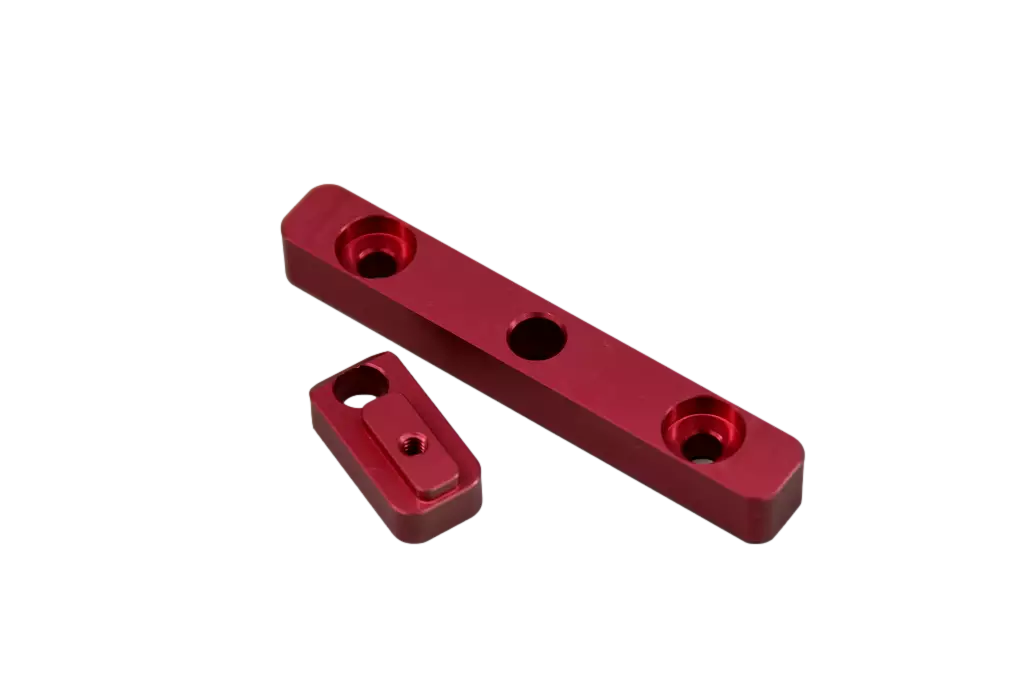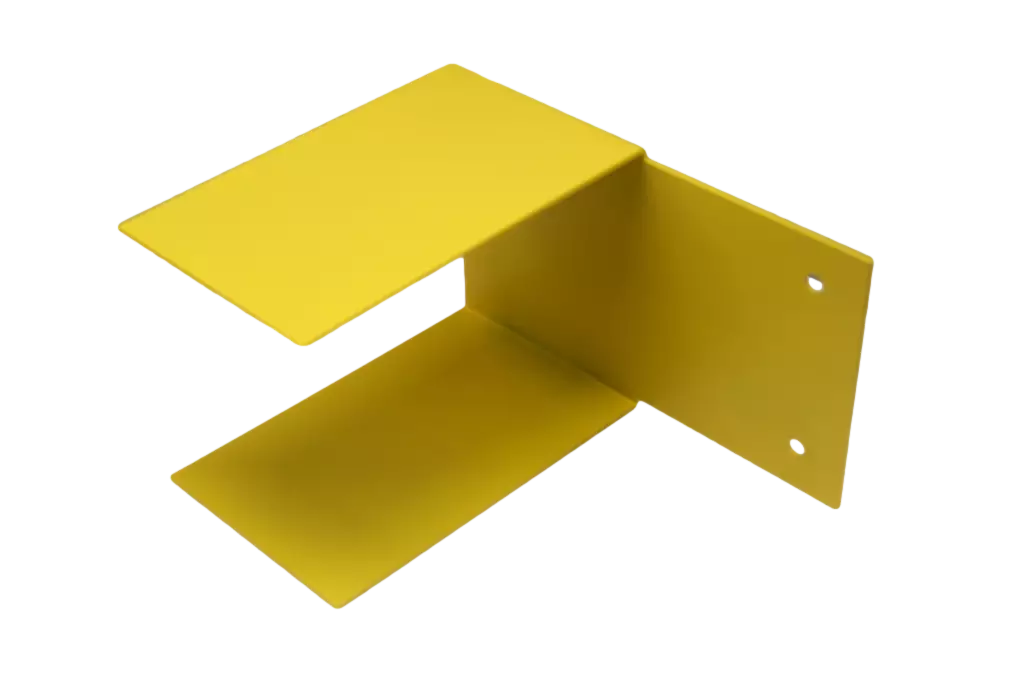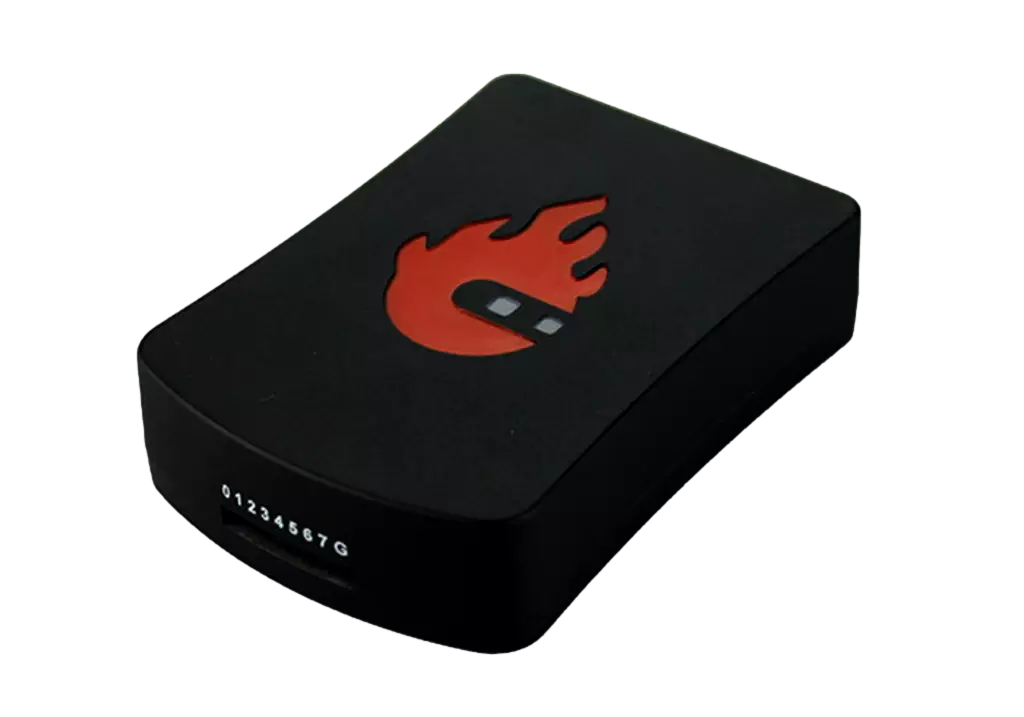Finish Service Details
For different materials and effects, we have many finish options as below. If you can not find your desired finish in the below sheet, please contact us at info@besturnkey.com.

Anodizing
After anodizing, one layer of oxide film will be formed on the aluminum surface, and the oxide film can prevent aluminum from oxidizing in the air to form spots. It usually comes together with bead blasting.
Suitable materials: Aluminum, magnesium alloy
Color: Clear, black, red, yellow, blue, gold, rose gold, customized colors available
Texture: Smooth, matte
Coating thickness: 5-50μm
Min tolerance for coating thickness: ±3μm
Test tools: Coating thickness meter, colorimeter
Bead Blasting
Bead blasting uses fine sand particles to impact the surface of the part, causing the surface to produce granulated depressions. It can remove burrs and machining marks on the parts. Bring unique fog vision.
Suitable material: All materials
Specification: 60#, 80#, 100#, 120#, 150#, 180#, 220#
Types: Copper ore, quartz sand, emery, iron sand, Hainan sand
Gloss: Matte
Test tools: Bead blasting comparison standard sample


Brushing
Brushing uses sandpaper to reciprocate on the surface of the part, giving the surface of the part a regular linear texture. It can improve the surface finish of the parts, and cover the slight scratches on the surface, which has a good finishing effect.
Suitable material: Available for most materials
Specification: 60#, 80#, 100#, 120#, 150#, 220#, 240#
Types: Mechanical brush, hand brush
Texture: Smooth
Test tools: Brush comparison standard sample
Electroplating
Electroplating is using the metal principle to coat a thin metal protective film on the surface of the parts. It is mainly manifested in the characteristics of wear resistance, electrical conductivity, and protection and decoration.
Suitable material: Aluminum, steel, copper, magnesium alloy, zinc alloy
Types: Chrome, zinc plating, copper plating, nickel plating
Gloss: Smooth, shiny
Coating thickness: Related to the part material
Min tolerance for coating thickness: ±5μm
Test tools: Coating thickness meter


Hardening
There are two kinds of hardening: appearance hardening and totally hardening. The first one only hardens the part’s surface, but the center is still soft while the second one hardens the whole part.
Suitable material: Steel
Test tools: Hardness tester
Laser Engraving
Laser engraving is used to make some special logos or numbers on the parts by laser, to help us separate them. Compared with CNC milling engraving, laser engraving is more cost-effective.
Suitable material: All materials
Color: Nature, dark gray, black
Depth: 0.1-0.3mm
Laser engraving drawing format: *.CAD, *.AI


Oxide
In order to protect the surface of steep parts, we will immerse the parts in a strong oxidizing chemical solution to form a beautiful, dense, and rust-proof black oxide film, which is called oxide. We can often find this finish on screws, nuts, and some fasteners.
Suitable material: Steel
Color: Black, brown
Coating thickness: 0.5-1.5μm
Texture: Smooth, matte
Test tools: Coating thickness meter
Painting
Painting uses compressed air to disperse the liquid paint into mist-like particles and adhere to the surface of the part. The coating is thinner than powder coating, the surface is smooth and glossy, and has an excellent decorative effect.
Suitable materials: Aluminum, steel, copper, plastic
Painting particle size: Fine, medium, coarse
Color: Can be customized by RAL or Pantone code
Texture: Matte, semi-matte, glossy
Position: Partially, completely
Coating thickness: 20-180μm
Min tolerance for coating thickness: ±20μm
Test tools: Coating thickness meter, colorimeter

Polishing
Polishing is a process of sanding a part smooth or shiny using physical or chemical tools. It can not improve dimensional accuracy, mainly for the purpose of obtaining a mirror surface.
Suitable material: All materials
Specification: 800#, 1000#, 2000#, 3000#, Max
Types: Mechanical polishing, electropolishing
Test tools: Polish comparison standard sample


Powder Coating
Powder coating refers to the process of using static electricity to adsorb powder on the surface of parts. Powder coating can protect and prolong the life of the parts. At the same time, it has an excellent decorative effect.
Suitable material: Metals
Painting particle size: Fine, medium, coarse
Color: Can be customized by RAL or Pantone code
Texture: Matte, semi-matte, glossy
Position: Partially, completely
Coating thickness: 50-200μm
Min tolerance for coating thickness: ±30μm
Test tools: Coating thickness meter, colorimeter
Silk Screening
Silk screening, also called screen printing, is a marking method to make a specific pattern or logo on the surface of the part and then brush the ink through printing gauze.
Suitable material: Plastic and some metals
Advantages: Long storage time, short lead time
Disadvantages: Limited by the shape of the part, high cost for small batches



